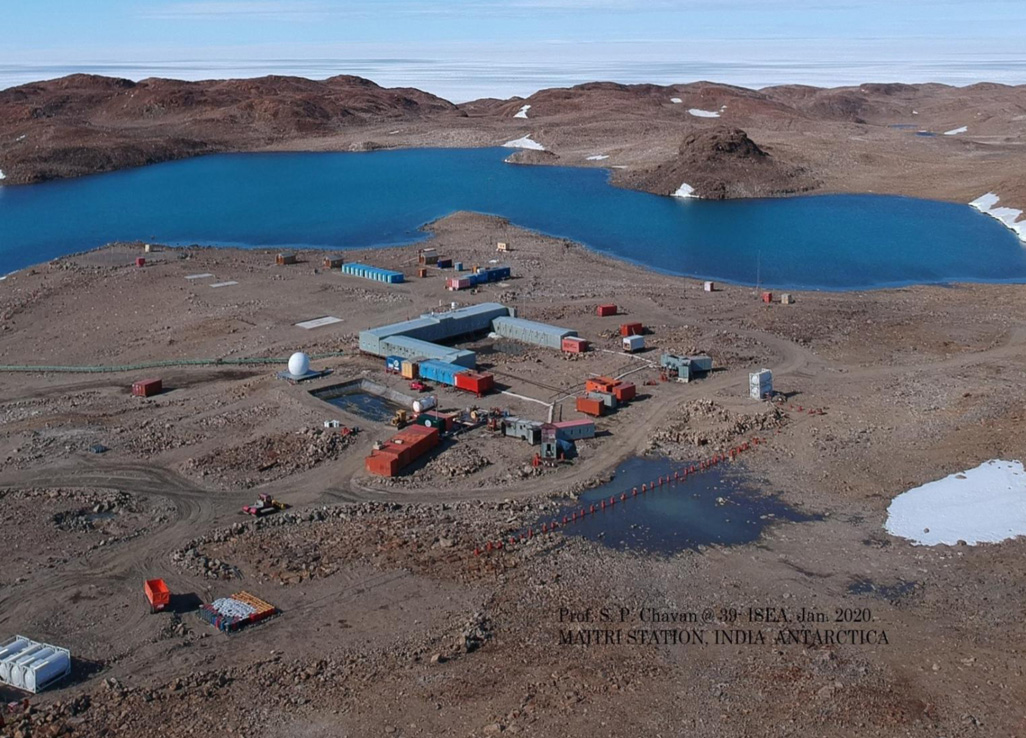Geopolitics of the Poles in the Anthropocene Age
Published: Nov 30, 2017
Published: Nov 30, 2017

Climate change is gradually occupying the prime position in the Agenda of both Antarctic and Arctic governance. COP 21, Paris, saw over 50,000 participants, including 25,000 official delegates from 195 countries working towards policy development to mitigate global warming.
Keep reading with one of these options :
